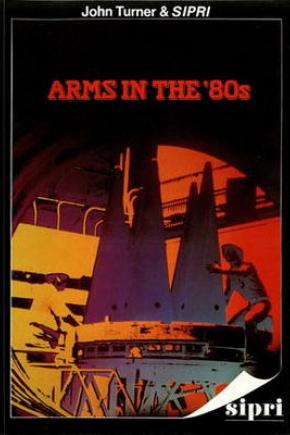Arms in the '80s: New Developments in the Global Arms Race
The world spends an enormous amount on preparations for war. Year by year, more and more resources go into the military sector. More and more complex weapon systems are devised. Of all research scientists and engineers in the world, more than one in four is working for the military.
Throughout the 40 years since the end of World War II, the technological arms race has continued. Now it is moving faster. The United States leads the way, followed by the Soviet Union. Between them, they possess some 50 000 nuclear warheads—more than enough to destroy the world. They plan to increase the number, to make the weapons more accurate, and to base them on new weapon platforms closer to the borders of the other side. Some people prefer not to think about these things. Many, however, are becoming increasingly concerned—wondering about the future for themselves and for their children. This book is for those who want to know what is happening. What new missiles are being built? What is happening in outer space? What are the facts about chemical weapons? What progress is being made (if any) in Geneva, Vienna and Stockholm, where the powers are negotiating on these matters?
Section I
Issues and trends in the arms race
What hope for disarmament?
Section II
Nuclear weapons
Space weapons
Chemical and biological warfare
World military expenditure and arms production
The trade in conventional arms
Nuclear arms control: Hitting a moving target
Section III
Reference material

